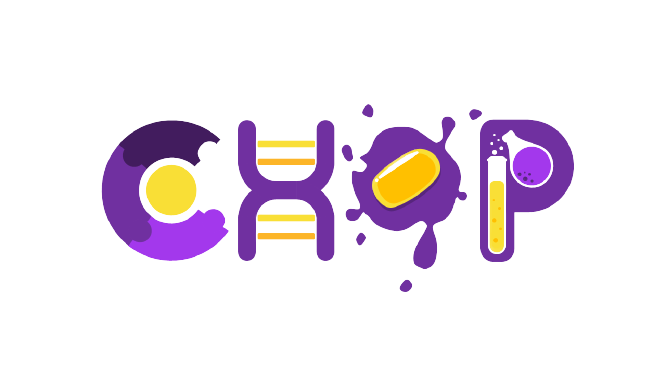Part:BBa_K4080007
amilCP-eCPX fusion with universal expression
This composite is using a constitutive family promoter and artificial terminator to enable expression under non T7 vectors. The feasibility of the experiment will be tested by overexpressing chromoprotein as a protein of interest and by utilizing the terminal display scaffold of eCPX that will localize the chromoprotein on the outer membrane of the E.coli. This cassette system is one of two that will be working to generate a CHOP system. Characterization of two expression systems (between T7 and non T7) is measured to select the ideal blueprint for the CHOP system.
Introduction
|
UBrawijaya iGEM 2021 project CHOP systemis an outer membrane vesicle based protein overexpression system that includes three goals towards producing a blueprint for an ideal protein production system. This project can be customized because the system can be adapted with various proteins of interest, the overexpression system that can increase protein yield, and the clean harvest with simplified purification steps that is equipped with a protease enzyme expression mechanism in the concentrated system - from vesicles and cell pellets. |
This composite aims to know the feasibility of using a non T7 expression system for overexpressing the pigmented protein known as chromoprotein (amilCP), and by utilizing the terminal display scaffold eCPX will be localized on the outer membrane of the E.coli.
Usage and Biology
The eCPX scaffold in this system is under the control of a consensus constitutive promoter with strong RBS. The combination is used for high expression levels of proteins. eCPX is used because it has proven that the display rate of eCPX was improved relative to CPX and even higher than OmpX. Moreover, efficient eCPX allows for the potential to generate peptide libraries on each terminus [1]. The novel CHOP system created was based on an amilCP-eCPX fusion with a general expression cassette designed to maximize the production levels of the target protein with a clear downstream process using self-cleavage of TEV protease with TEV cleavage site. The existence of the TEV cleavage site as a cutting point for TEV protease and linker so that the developed system can be clean without any downstream processing.
Result
This construct is designed to maximize the production levels of the chromoprotein to overexpression under a constitutive promoter, the early step confirming the expression is to make sure the insert is working.
Cells transformation with amilCP-eCPX fusion (chloramphenicol antibiotic screening) Making competent cells with the desired insert is needed to achieve the goals, one of the initial steps is transforming amilCP-eCPX fusion to BL21 and BL21(DE3) cells, the antibiotic helps the screening process.

Reference
[1] Rice, Jeffrey J., and Patrick S. Daugherty, "Directed evolution of a biterminal bacterial display scaffold enhances the display of diverse peptides," Protein Engineering, Design & Selection 21, no. 7. Pp. 435-442, Jul.2008.
Sequence and Features
- 10COMPATIBLE WITH RFC[10]
- 12INCOMPATIBLE WITH RFC[12]Illegal NheI site found at 7
Illegal NheI site found at 30 - 21COMPATIBLE WITH RFC[21]
- 23COMPATIBLE WITH RFC[23]
- 25COMPATIBLE WITH RFC[25]
- 1000COMPATIBLE WITH RFC[1000]
| None |


